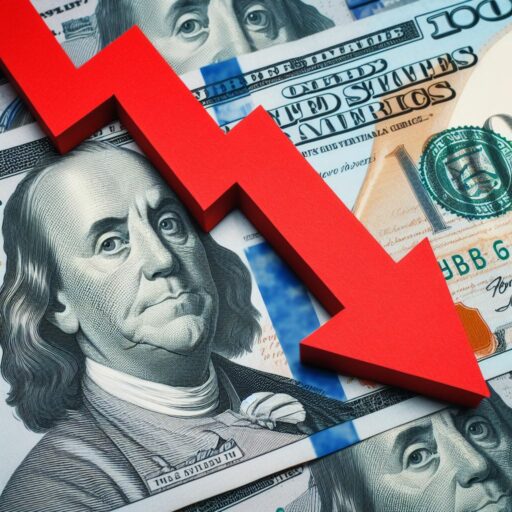Hold onto your piggy banks! The world of money has been on a wild ride lately, and 2024 is showing signs of both ups and downs for our wallets. Let’s dive into the key areas of personal finance and see how things have changed since last year:

Spending Spree or Saving Savvy?
In 2023, Americans opened their wallets wide, with consumer spending jumping a whopping 7% compared to 2022, according to the Federal Reserve Bank of St. Louis. But wait, 2024 might see a slowdown as people adjust to higher prices and tighter budgets. Experts predict a 3% spending increase this year, showing a shift towards saving instead of splurging.
Home Sweet Home, Or Not?
Owning a house is a dream for many, but affordability is getting tricky. In 2023, the average mortgage balance soared to a record high of $280,000, according to the Mortgage Bankers Association. Yikes! However, 2024 might bring some relief. With rising interest rates, the housing market is cooling down, which could lead to slower growth in mortgage balances. Some experts even predict a slight dip in home prices, making them more accessible to first-time buyers.
Foreclosures: A Threat Looming?
While mortgage defaults (when people can’t pay their loans) remained low in 2023, the number of foreclosures (banks taking back houses) started to creep up. Thankfully, 2024 might see a stabilization in foreclosures thanks to government support programs and a stronger job market.

Credit Card Crunch:
Swiping that plastic can be tempting, but credit card debt can quickly snowball. In 2023, the average American carried a whopping $5,700 in credit card debt, according to Experian. This year, with higher interest rates, experts predict slower growth in credit card debt as people become more cautious about borrowing. However, defaults (missing payments) might see a slight increase as budgets get tighter.
Cars: Owning or Owing?
Similar to mortgages, auto loan balances hit a record high in 2023, averaging $30,000 per borrower, according to Experian. However, 2024 might see a shift. With higher interest rates and rising car prices, people might choose to hold onto their current vehicles or opt for more affordable options, leading to slower growth in auto loan balances. Unfortunately, repossessions (banks taking back cars) could rise slightly as some borrowers struggle with affordability.
Student Loan Slump:
Student loan debt remains a heavy burden for many young adults. In 2023, the total outstanding student loan debt in the US reached a staggering $1.7 trillion, according to the Education Data Initiative. While President Biden recently announced a limited forgiveness plan, the overall debt burden remains high. Unfortunately, 2024 might see an increase in student loan defaults as some borrowers struggle to repay their loans, especially with rising living costs.

Remember, these are just general trends, and your individual financial situation might be different. It’s crucial to stay informed, manage your budget carefully, and seek help if needed. Talking to a financial advisor or counselor can be a great way to navigate these complex financial times and build a secure future for yourself.
Sources:
- Federal Reserve Bank of St. Louis: https://fred.stlouisfed.org/
- Mortgage Bankers Association: https://www.mba.org/
- Experian: https://www.experian.com/
- Education Data Initiative: https://educationdata.org/
